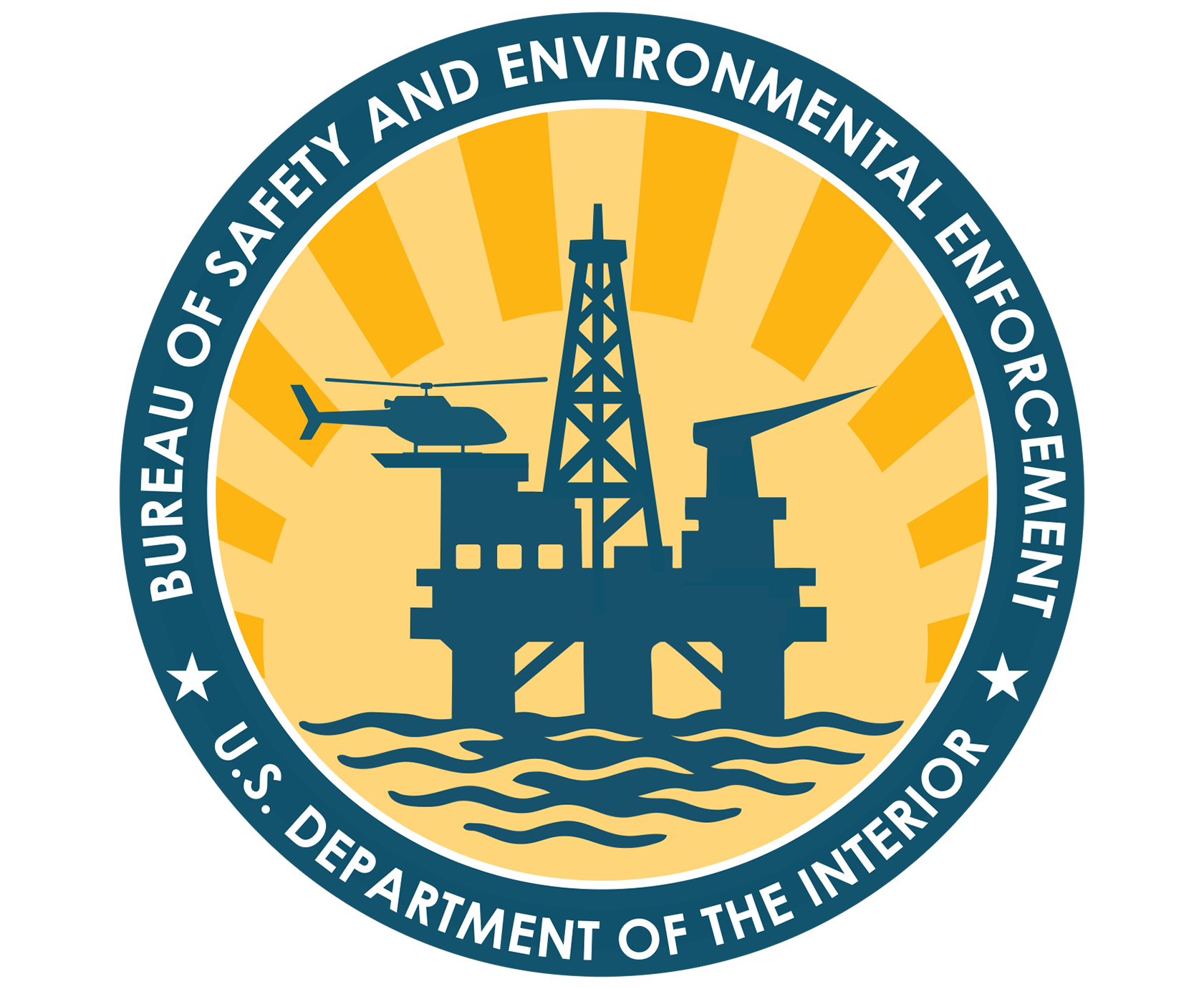PNNL will conduct a set of controlled laboratory experiments simulating environments of the US Outer Continental Shelf characterized by high pressure, low temperature, and low mixing to first characterize the performance of dispersants and second, to characterize subsequent biodegradation. Four sets of experiments are detailed that will characterize;
the physical state of the oil after treatment with a dispersant, the influence of droplet size on biodegradation, novel noninvasive approaches to characterizing emulsions and oil degradation in pressure chambers, and the combined effects of low temperature, high pressure, and low mixing on oil biodegradation.
A series of short experiments will assess how effective 3 different concentrations of the dispersants are at generating small droplet sizes in pressurized environmental systems. These tests are critical to define the physical state of oil during the subsequent biodegradation tests, to fill in a knowledge gap of how well the dispersant works under these conditions, and to range the concentration of dispersant to use relative to existing surface models of usage that assume a high degree of mixing by wave action. In parallel with these tests, the use of non-invasive methods will be examined to characterize droplet size and mixing in high-pressure chambers. These methods will be compared with more conventional light scattering approaches and also high-pressure spectroscopy for examining the physical and chemical state of oil in a fluid matrix. In parallel with the stated tests, a set of experiments will test how droplet size influences the rate of microbial biodegradation of oil. This information will inform best practices and planning standards for usage rates and predicted effectiveness of dispersants in both surface and subsurface environments.
Following these characterization studies, a parallel series of biodegradation experiments will be performed on seawater-oil and seawater-oil-dispersant mixtures to assess both the independent and combined influence of pressure, and temperature as variables. Each test will be monitored for: changes in the microbial community composition, gene transcript profiles, degradation of the oil product, and for changes in the concentration and biodegradation of the dispersant.
Project is completed. The findings for this project were merged into the final report for Project 1066.
